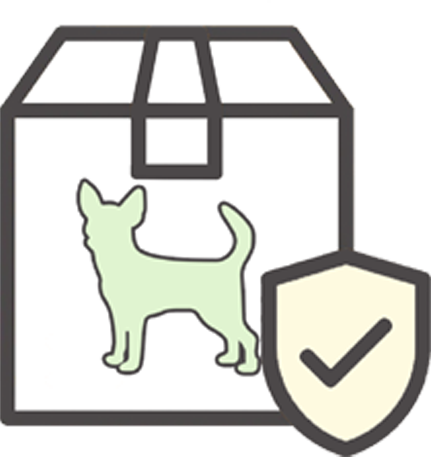Understanding Common Potty Habits in Dogs
Updated On: Friday, November 15, 2024 11:37:55 AM America/Los_Angeles
For humans, canine potty habits can be puzzling at best and mind blowingly frustrating at worst. Whether your doggo uses an indoor dog bathroom or handles business outdoors, potty behaviors can seem like a mystery. Continue reading to find out what’s behind common potty habits in dogs to decode the unique behaviors surrounding potty time!
Photo by Gabriel Crismariu
Sniffing and Circling
Ever wonder why your furry one continually sniffs and circles a spot before taking care of business? Think of this as a bit like potty GPS–familiar smells and textures help dogs identify a good place to “go”. Smells function like familiar landmarks that signal a good spot to go potty. This is in part why pee pads work as training tools. They offer consistent smells and textures that dogs learn are characteristics of an acceptable pet potty.
Raising a Leg to Pee
This behavior is typically associated with marking. Though all dogs might raise their legs when peeing, it’s much more common in male doggos. Raising a leg can allow dogs to mark higher on a vertical surface. Urine functions as a signal, and higher marking can communicate a variety of things such as dominance, readiness to mate, and territory.
Butt Scooting
You may have seen a dog scoot their butts across the floor after going to the bathroom at one point or another. Sometimes, canines drag their bottoms simply to clean their behinds or because irritated skin is causing itchiness. However, continued scooting should be taken seriously. Scooting can be a sign of parasites or anal sac issues. Even a dirty bum is worth looking at, as inadequate grooming can result in very itchy and irritated skin that will need to be cleaned properly.
Repeated Peeing
Dog pawrents are likely familiar with going on a walk only to have their fur baby stop every five seconds to dribble drops of pee. This behavior is a form of marking–kind of like leaving behind breadcrumbs on a trail. Dogs may do this either to put “signposts” along their route or to lay claim to a path.
Having Accidents
Potty accidents are unavoidable when it comes to living with our canine friends–especially when a new pup is brought into the family or you move into a new home. However, if accidents aren’t the result of a change in routine or don’t seem to cease despite relatively successful potty training, there could be underlying health issues. Keep track of your dog’s potty habits and consult your vet to make sure that there isn’t a worrying cause behind the accidents.


